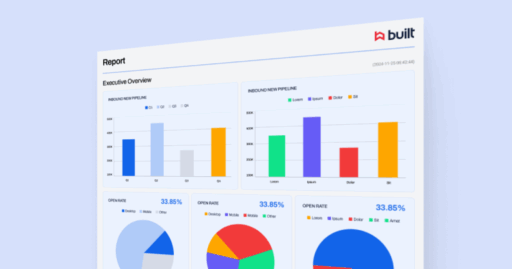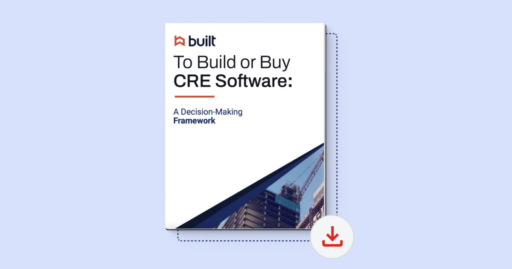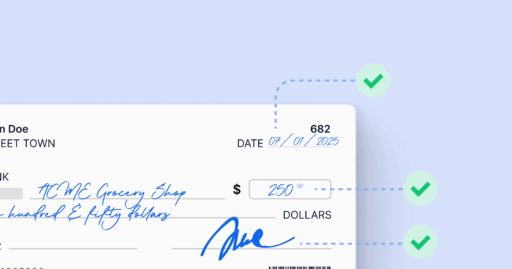Built Voices: Can You Trust Your Data?

It’s time to talk about data. If you read the news, you surely have seen the many promises of Big Data to solve business problems and make our lives easier. Yet, for many companies so far, the results have been few. Legacy processes and systems have sometimes been slow to keep up with advancements in technology. And many times, technology has been slow to keep up with everything that’s promised, as data of all sorts are collected but not really applied in an effective way.
We talk to lenders that are keenly interested in putting their data to better use — in making smarter lending decisions, in taking better care of their customers, and in rewarding their best-performing employees. And one of the biggest concerns we get is: can I really trust my data? What do I not know about my data that’s causing me to make poor decisions?
The short answer is that unless you’re using a centralized online solution to manage your construction portfolio and unless your team is following a consistent process for managing and reporting, there are likely places you can’t trust your data. In our experience, data issues come down to three types.
Data Quality
Sometimes the data lenders report on is just wrong, plain and simple. So they end up making decisions based on flawed assumptions. Without technology in place to prevent data inaccuracies, data quality errors are inevitable. If you don’t want to make the leap to using software to manage your construction portfolio, you should probably just get used to that fact.
By and large, the biggest source of data quality issues is simple human error. Loan officers are manually entering numbers into multiple systems, repeatedly, and manual work is guaranteed to create errors. That isn’t to say your people aren’t doing their best or paying full attention. It’s simply the nature of manual work without a built-in failsafe. Decimal points are missed and reports end up with incorrect information.
The second place data quality errors pop up is in historical reporting. Many lenders don’t have quality historical records and if they do, the data are a snapshot of various periods of time without any context. When forecasting business trends or trying to make high-level strategic decisions, data like that isn’t very helpful. Lenders need the ability to see trends over the long-term, trusting that the numbers they see are accurate.
Data Accessibility
Historically, construction loans have been managed in a very analog way — in stacks of file folders, with papers faxed or scanned and sent via email, and notes written along the margins of printed spreadsheets. All of that analog data and information is untrackable and unusable for creating effective data sets. Further, the information that is stored digitally is often in siloed systems that don’t talk to each other. Loan documents are stored in one folder, while draw requests sit in a separate queue, and disbursements are tracked in the core. It becomes impossible to see where a project sits at a glance and to successfully anticipate any issues that might pop up.
Once again, forward-thinking plans are difficult to make when lenders can’t see which projects, contractors, and geographies have given them the best results in the past or what might be a high-risk decision.
Data Fidelity
Lastly, when data isn’t easily visible, reports aren’t consistent, and fears of incorrect data are around, it can be easy to manipulate the data to create the conclusion we want. It’s human nature to want to prove our own hypotheses and have our reports prove that we’re right. But that doesn’t lead to good business decisions, especially when intact and accessible data tell us that our initial guess was wrong.
Smart lenders know to trust the numbers and are committed to building systems that get them the most accurate reporting and insights available. They are willing to test their own hypotheses and instead use the information they have to make better decisions going forward.
While many lenders might not be able to say confidently that they trust their data today, construction finance technology can provide ways for them to get quality, accessible data they can trust and use to improve their decisions going forward.






